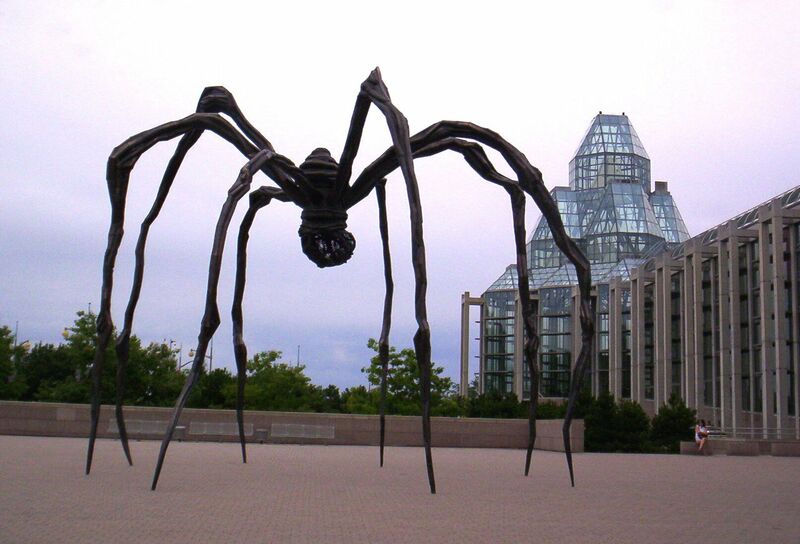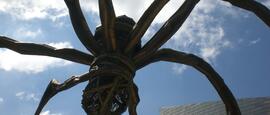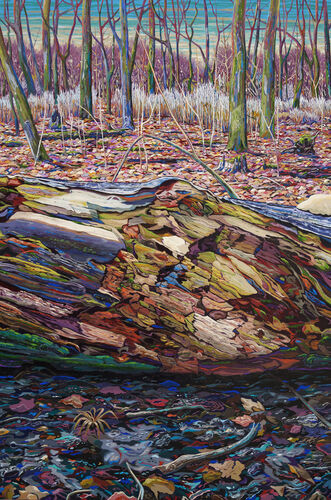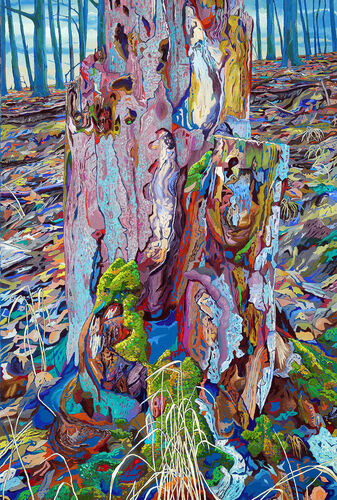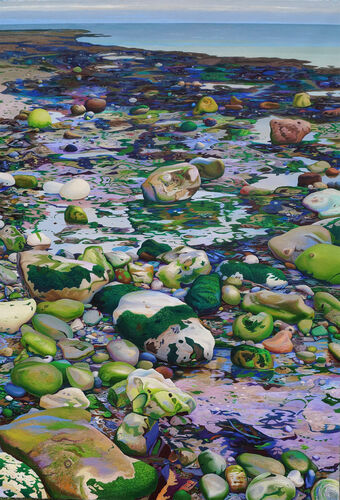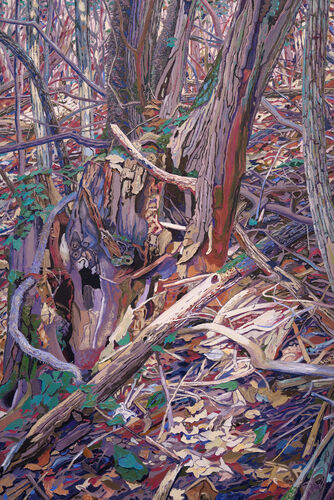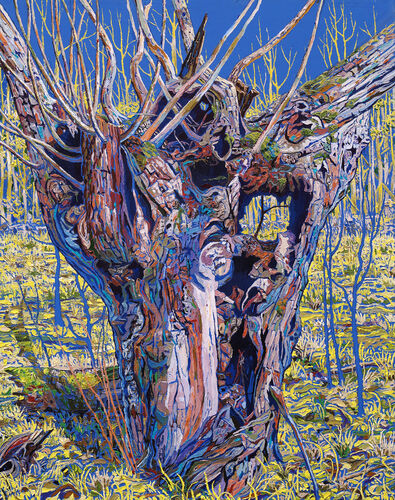Louise Bourgeois is an exceptional artist, partly because she created her groundbreaking works at a time in her life when others normally enter a kind of retirement. In 1999, Bourgeois received the Golden Lion for her life's work at the Venice Biennale − and immediately outdid herself the following year: In her late 80s, she produced the monumental stainless steel spider sculpture Maman, which was on display for the first time in the Turbine Hall of the Tate Modern in 2000. The nine-metre-high work of art and its six bronze casts increased Bourgeois' fame, fascinate viewers to this day and even changed some people's view of the rather unpopular arachnids.
More on the subject Louise Bourgeois
Louise Bourgeois: her long way to the top
In 1911 in Paris, a girl is born who would live to be almost 100 years old. In 2010, at the end of her life, she is where many want to be: at the top of the art world. Louise Bourgeois asserted herself, with spiders and phalli, performance and installations - and her »indomitable« nature.
»Drawings are thought feathers«
Louise Bourgeois is one of the most famous artists of the 20th century. Her large-format spider sculptures are particularly associated with her. However, the artist's early works are primarily drawings. These were psychologically and artistically essential for Bourgeois, which is why she drew them daily until the end of her life.
Dive deeper into the art world
»Drawings are thought feathers«
Louise Bourgeois is one of the most famous artists of the 20th century. Her large-format spider sculptures are particularly associated with her. However, the artist's early works are primarily drawings. These were psychologically and artistically essential for Bourgeois, which is why she drew them daily until the end of her life.
Staged Realities
For the first time in over 25 years, there is another major exhibition on Jeff Wall in Canada: the Museum of Contemporary Art Toronto is presenting over 50 works by the renowned artist in Jeff Wall Photographs 1984–2023. The exhibition runs until March 22, 2026.



